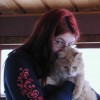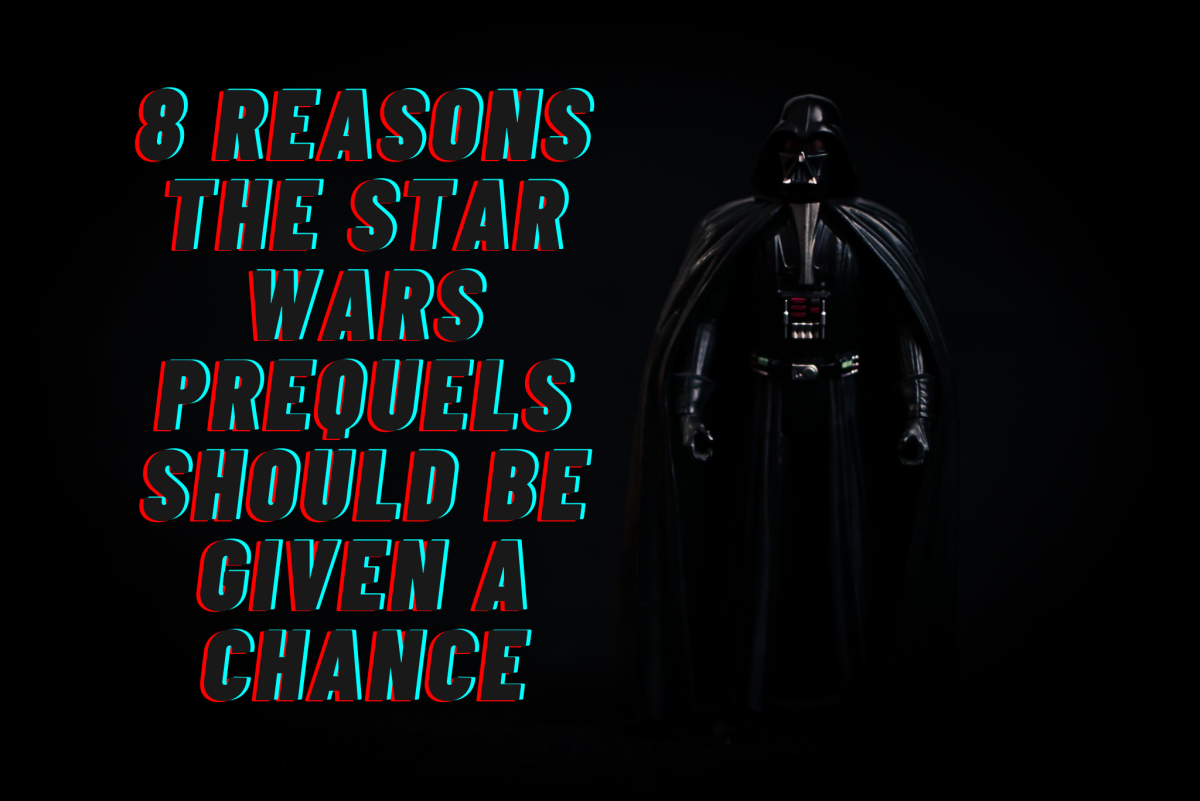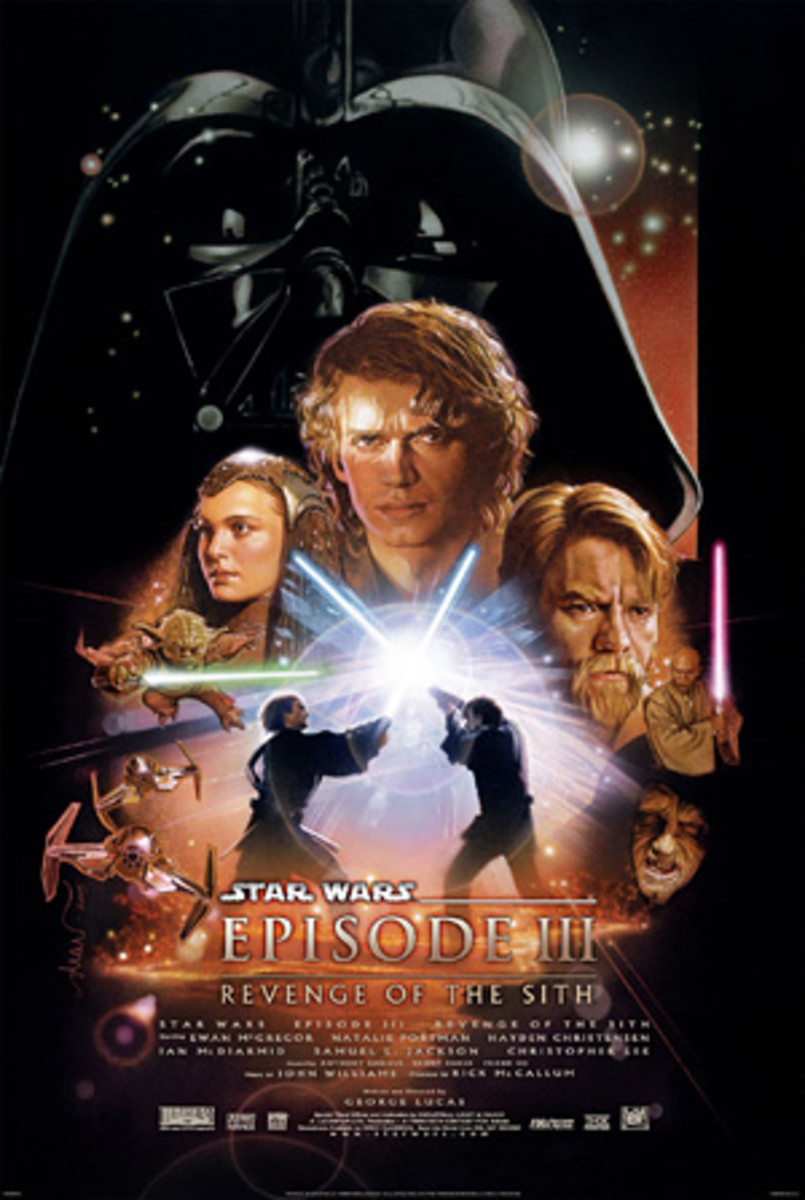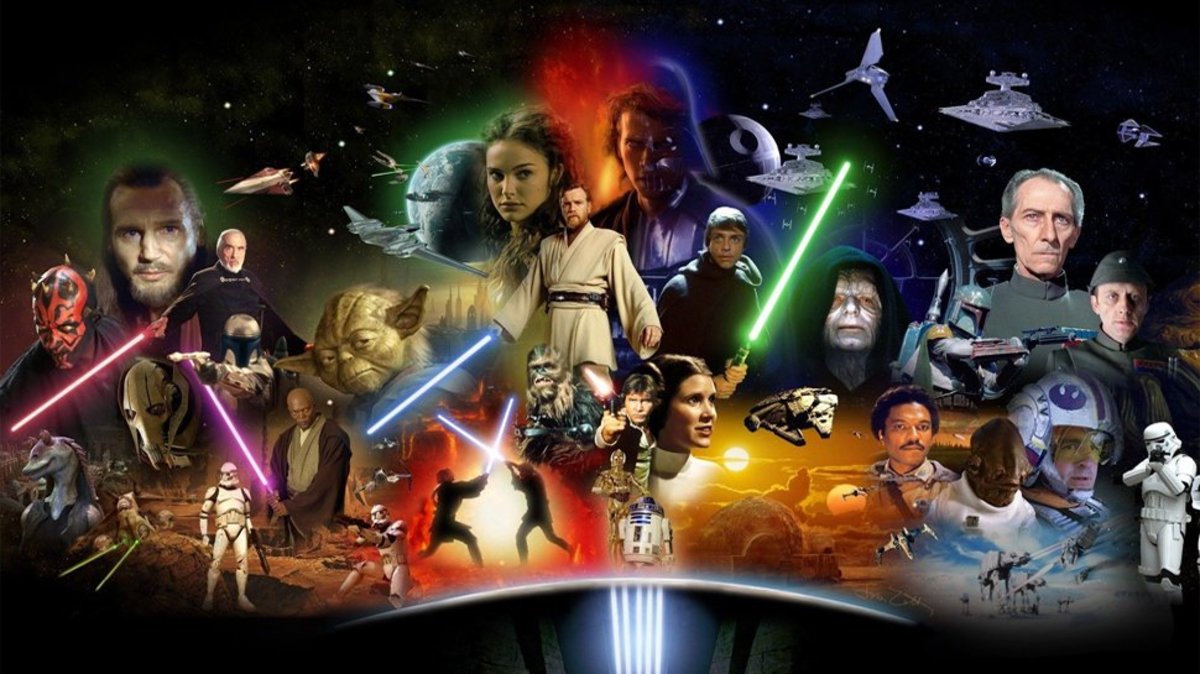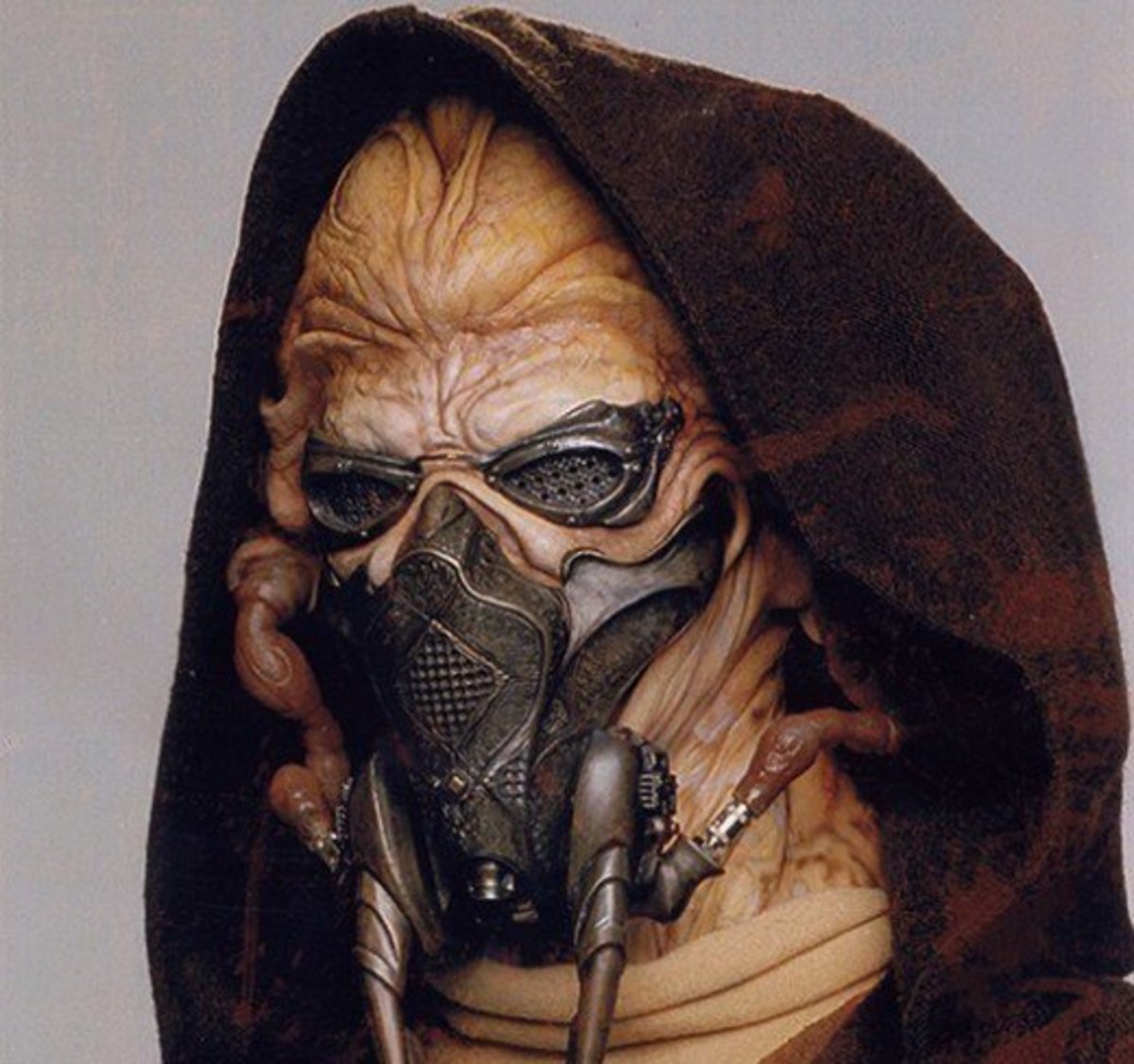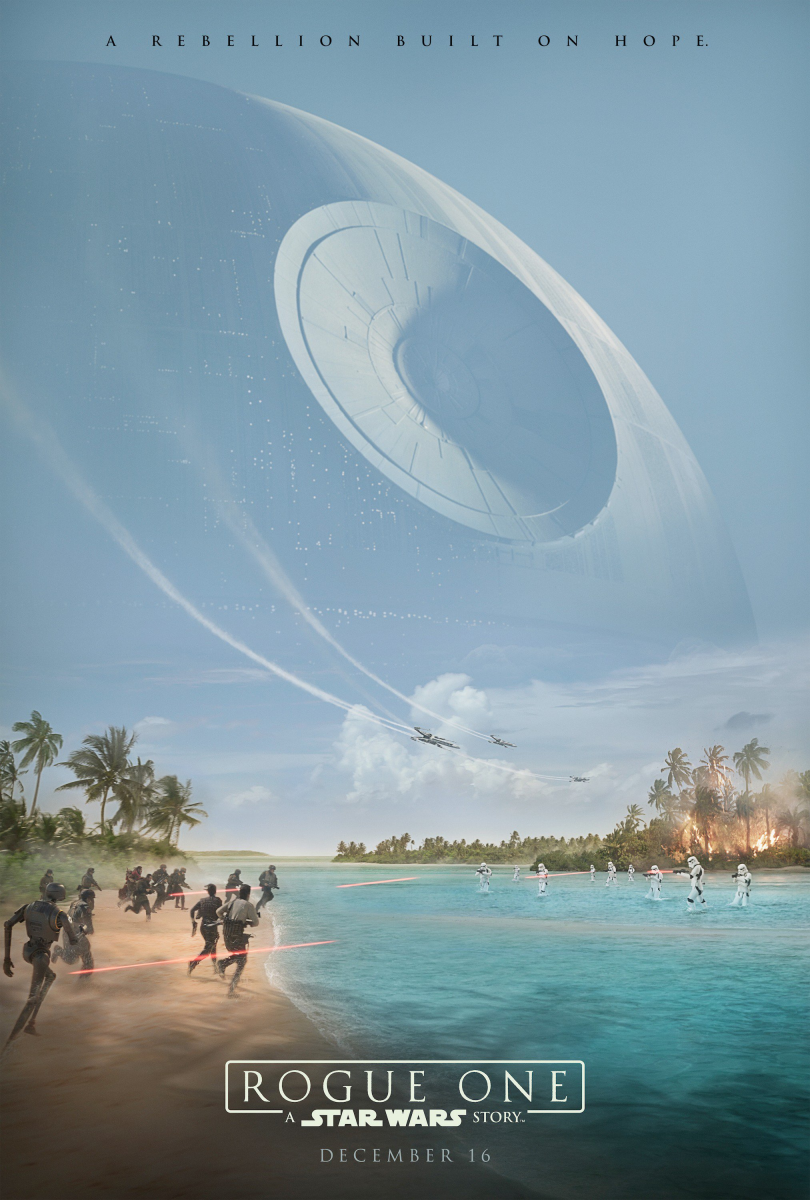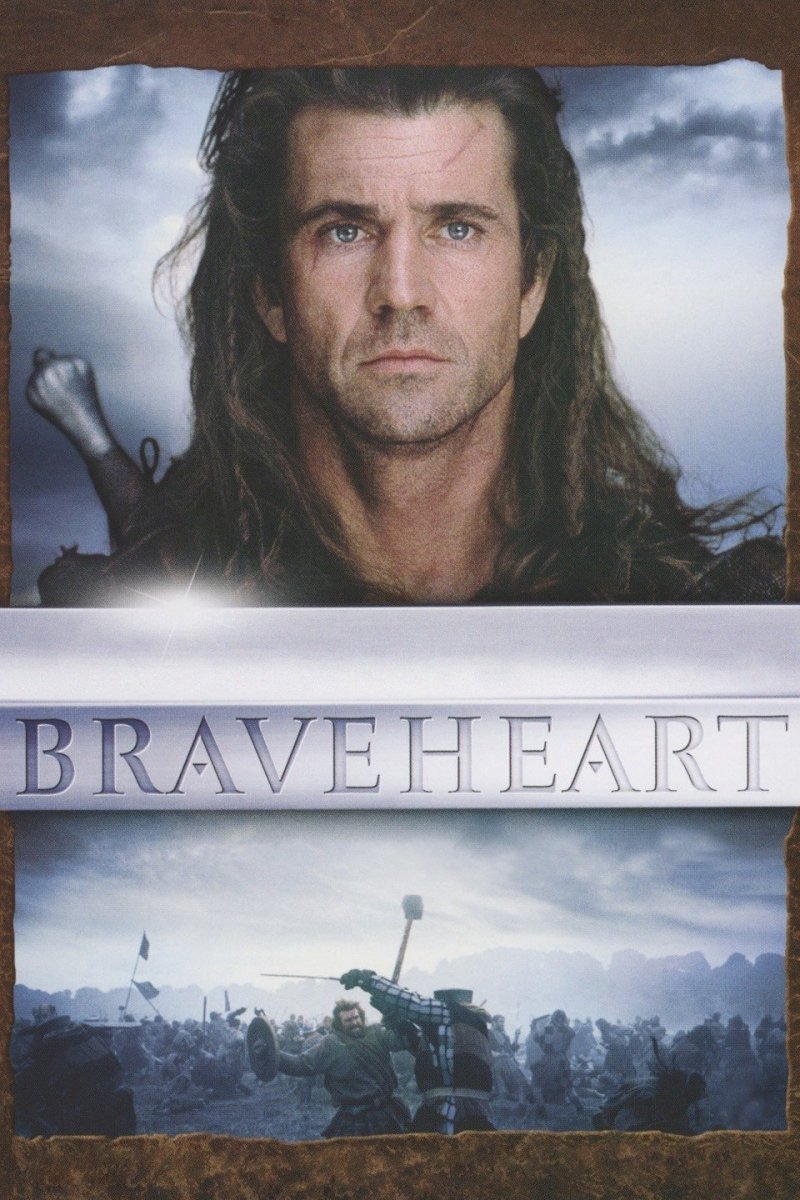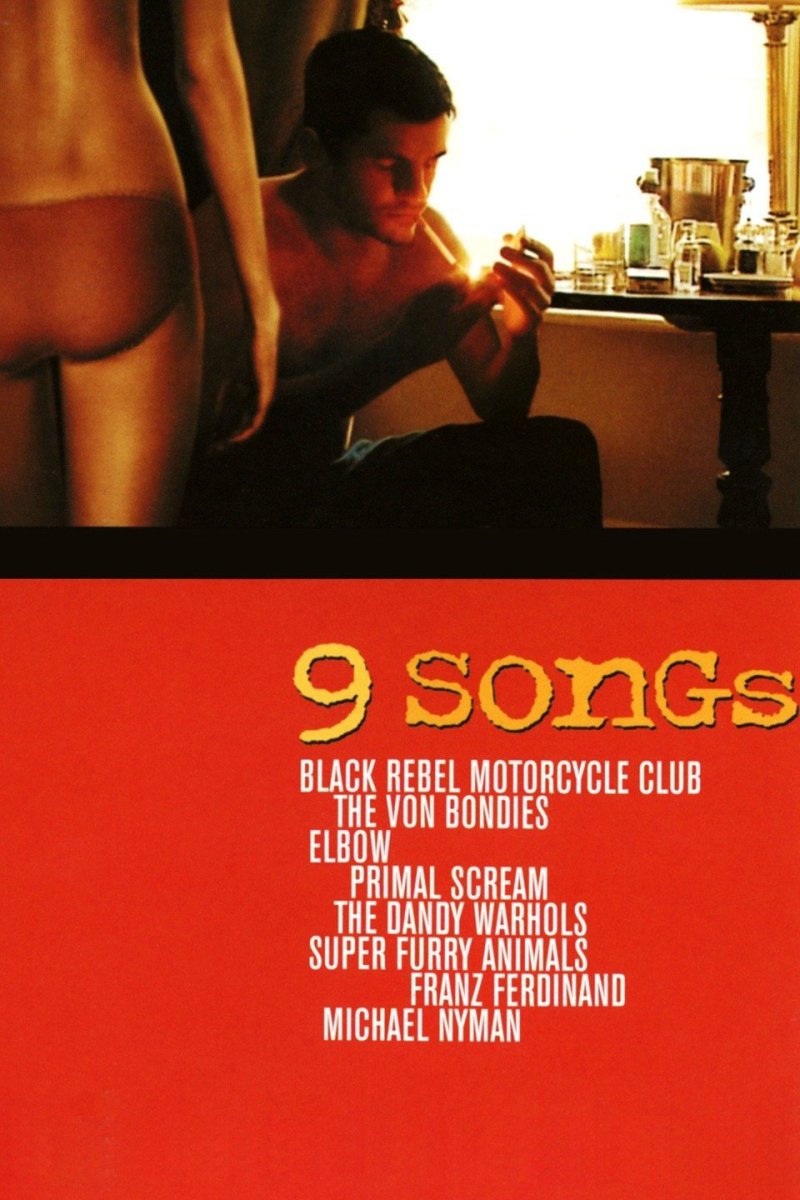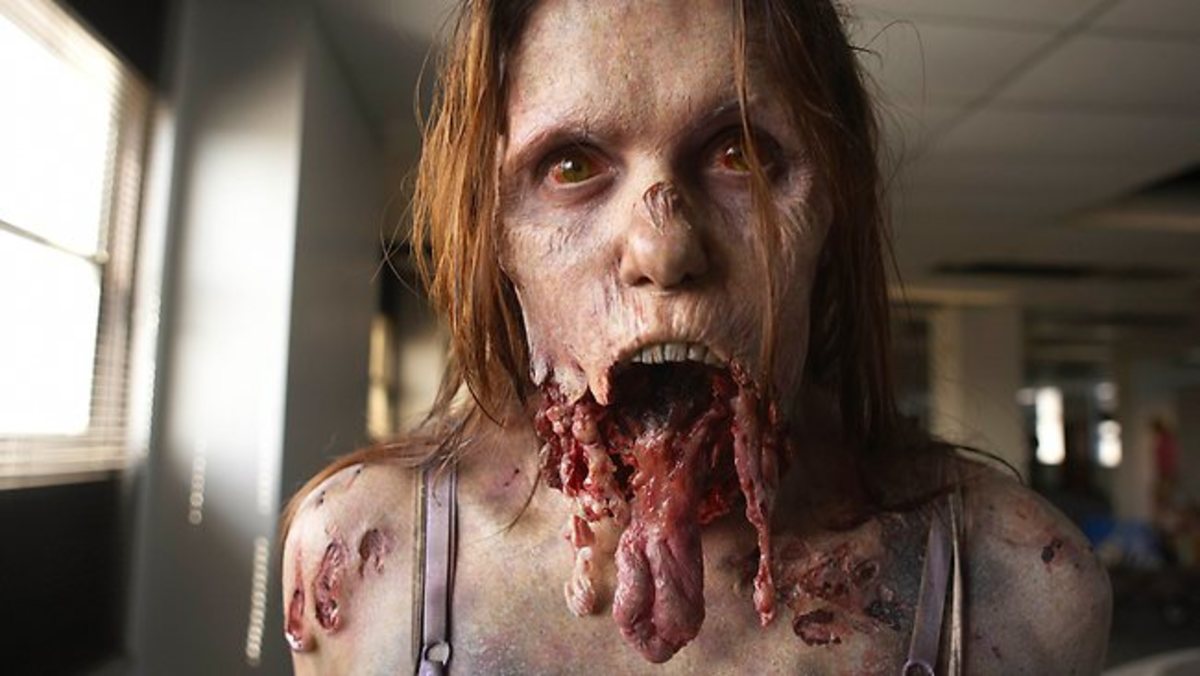8 Ways the Star Wars Prequel Trilogy Could Have Been Better

What Could Have Been
When Lucasfilm announced in 1997 that a new trilogy of Star Wars movies would be released, there was a great disturbance in the force of Star Wars fans everywhere who had not dared to believe that series creator George Lucas would ever return to the galaxy far, far away. Tantalizing details of a talented cast, promotional shots that hinted we would be re-exploring familiar territory and excitement at the much beefier technology for special effects accompanied a $20 million advertising campaign that seemed largely unnecessary. No other major movie opened in the same weekend as Episode I: The Phantom Menace, and the film grossed over $927 million worldwide.
But as the initial joy at the new movies faded, a grim realization sank into the devoted Star Wars audience. The verdict: these new movies just aren't as good as the originals. From excessive pandering to the young audience to wooden acting performances to original trilogy continuity issues, there are so many glaring flaws that for the hardcore Star Wars geek, the movies are nigh unwatchable. Infuriatingly, there are many ways that the movies could have been better. Some are quite simple. Below is my re-imagining of the prequel trilogy the way it should have been.
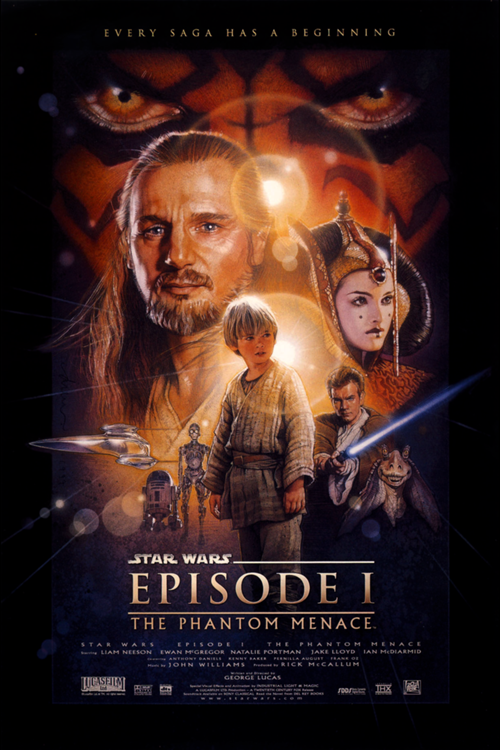
1. George Lucas produces the film, but does not direct.
Star Wars fans have to thank George Lucas for his brilliant concept and drive to make the original trilogy and to hop back on the horse not once, but twice, in making the prequel and sequel movies. But Mr. Lucas' considerable talents don't lend themselves well to the world of directing and the prequels suffered for it. Look at the gem classic film Jurassic Park, where Spielberg did the directing and then left Lucas to finish up the movie while he directed Schindler's List. As a producer, Lucas put together a fine film. As a director, Academy Award-winning actors appear wooden and lifeless under his care and marginal actors become laughable.
Compare Ewan McGregor's performance as a nearly mirthless Obi-Wan to other films such as Trainspotting or Moulin Rouge. McGregor's range of emotion is much greater in these films despite a plethora of opportunities in Star Wars to show emotion - Qui-Gonn's death, Anakin's betrayal, etc. Also disserviced is Natalie Portman, a terrific Oscar-nom/winning actress in Black Swan, and Cold Mountain and thrilling in V for Vendetta. Padme in the Star Wars films is a marginalized character without any real defining characteristics and one feels like Portman has been directed to internalize any emotion her character might possibly portray. There is a difference between stoic and stillborn and unfortunately her performance is the latter.
Simply opening up the long narrative scenes in the film to activity such as emotional pacing, standing, or (god forbid) gesturing would improve the ensemble's acting performance. Instead we get scene after scene of monotone conversation about trade disputes, uncovered facts and toothless threats.
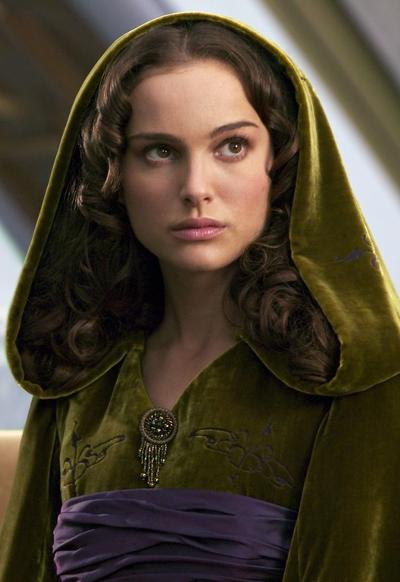
2. Make Padme Amidala a better hero
We just discussed Natalie Portman's wooden acting in the movies but besides the stiff direction, Portman is hindered by little to work with in the script. This is Princess Leia's mother we're talking about - she needs to get that fiery spirit and true grit attitude from somewhere! Letting Portman display more emotion is a good start and there are lots of places to do it:
- Impassioned statements to the Republic Senate on behalf of Naboo
- Contempt for the Trade Federation in her conversations with or about them
- Cheering on her troops and comrades and actively taking the lead when fighting
- Rebuking Anakin strongly when he tries to initiate a relationship
- Giving in more passionately when she finally admits her feelings for Anakin
- A highly charged, even violent final confrontation with Anakin cum Vader in which she tells him to get out of her life forever. This ties in nicely with Emperor Palpatine's lines to Anakin about "Obi-Wan has poisoned her against you."
Beyond increasing the emotional range, Padme doesn't seem to do much in the way of effective leadership. We hear several times that she is a universally popular political figure but we see very little of her participation in actual politics. What we do see in Episode I is almost entirely guided by her ministers and she spends almost all of Episode II and III in hiding for fear of her life. It would make more sense that someone wants to kill her if we saw the actual affect she was making on galactic politics. And while political discourse rarely makes for stimulating film, a scene in which she is congratulated for enacting thus-and-such legislation that will have x, y, and z impact is a perfectly reasonable way of solidifying her political clout.
Star Wars has been criticized for its lack of strong female character diversity and the series blew a splendid opportunity to build Padme up, not as wilting flower, but as a strong ruler plagued by difficult decisions - a la Cate Blanchett in Elizabeth.
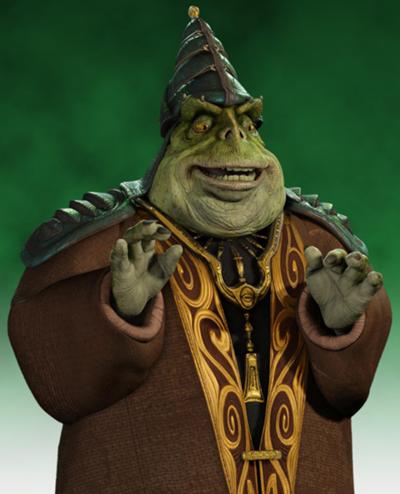
3. Gungans can still exist - but without their horrific choice of accent
Star Wars is no stranger to strange creatures and the Gungans are a perfectly rational, aquatic-dwelling and technologically advanced people. They can even have a nominal accent - but not the one actually used in the movie. Ranging from ridiculous to mildly (or overtly) offensive, the Jamaican-styled grammar-ignoring speech of the Gungans undermines their worth as allies and the integrity of the movie. If the rationale for creating them with the ridiculous speech pattern was to hook younger viewers, its worth remembering that the original trilogy was geared towards adults and had no problem capturing the younger audience along with its target.
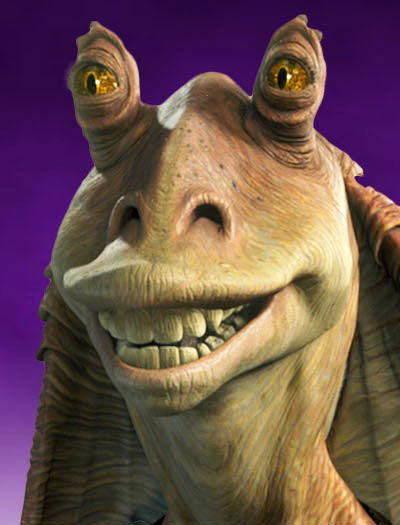
4. Jar-Jar Binks is just unlucky, not a buffoon
Once you've cleaned up Jar-Jar Binks' speech, the character is already much improved. But what would have made him much more relate-able and still serve as the comic relief is to change his klutziness into a propensity for bad luck.
Take the opening introduction to Jar-Jar as the Trade Federation army ransacks through the forest and he collides with Qui-Gonn.
"Meesa Jar-Jar Binks. Meesa your humble servant."
becomes
"Thanks...I think. I'm Jar-Jar Binks. Lucky for me you were there. It's seems like the worst things always happen to me. Hey - wait, where are you going? You can't go that way, its dangerous!"
And from there Jar-Jar just becomes a character with laughably bad luck. Most of the physical hijinks and pratfalls he experiences in the movie can even stay. But now the character is offered an opportunity for development - to accept the role of a hero and see that all his "bad luck" really put him in the right place at the right time to save the day. Obi-Wan can even have a dialogue with him about finally "being in the right place at the right time" - and if Palpatine overhears this conversation, he can use it to manipulate Jar-Jar into dissolving the Galactic Senate in a much more meaningful way than just letting him overhear gossip.
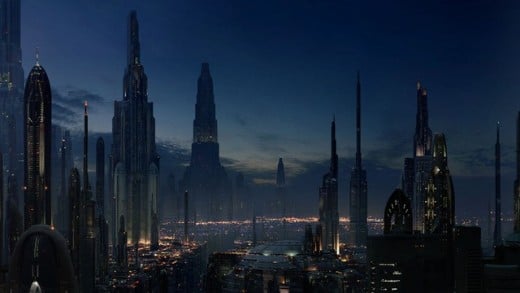
5. An Explanation for the Trade Federation Attacking Naboo
The Phantom Menace begins with an explanation that the evil Trade Federation is blockading peaceful Naboo and the Jedi are there to resolve the conflict...whatever that is. You see, there's no explanation for why this is actually happening in the films. The movies would be improved by adding the explanation from the Extended Universe (EU) because it also sets up Palpatine's rise to power in a believeable way.
According to the EU, Naboo is a source for energy material - one of the best in the galaxy - and the Trade Federation wants it. The movie could have added this little nugget by explaining that Naboo (an independent planet) won't negotiate with the Trade Federation because of their previously evil practices and are now turning to the Galactic Senate for assistance and protection. Palpatine then becomes the key negotiator in Naboo joining the Senate, and a charismatic representative of a beleagured planet. Because of the sympathy engendered by Naboo's appeal, Palpatine becomes trusted, which facilitates his rise to power.
Because of Naboo's independence, the Jedi had no presence there - which is how Palpatine's turn to the Dark Side isn't noticed. And because Naboo is a newcomer to galactic politics, the missteps by Padme and Jar-Jar are ones of novice politicking, not stupidity.
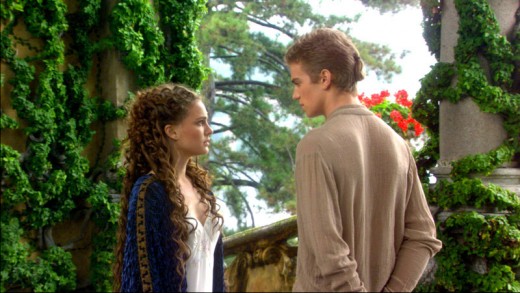
6. Add Five Years to Anakin's Age
Although the age difference becomes less pronounced as the films progress, the initial introduction between Padme at age 14 and Anakin at age 8-9 sets up a creepy age and developmental difference between the two that was unnecessary. Bringing Anakin up to age 13 allows for much better developmental dialogue between them.
Imagine the scene in Watto's shop where Anakin blurts out, "Are you an angel?" This scene made everyone under age 14 giggle and everyone over 14 cringe. Instead, how about a dialogue like this:
Anakin: So...what are you doing here? You seem to belong to...a better life.
Padme: I'm a representative of my government, trying to learn more about this planet.
Anakin: A politician?
Padme: You could say that, but I was raised to serve my people in government from a very young age. It's an honor.
Anakin: You must be good. You're not much older than me.
Padme: On my world we value the pure idealism of youth to help guide our decisions. Children make decisions without the darkness of misdeeds clouding their judgement.
Anakin: Darkness...that is something I could tell you about. There's no such thing as purity here.
Padme: It doesn't have to be like that. I realize your life is very different from mine but there is always good to be found in the world, and truth, and beauty.
Anakin: There is today...you.
A dialogue like the above sets up Anakin's interest in Padme as well as explaining the strange Naboo political system and the dichotomy between Anakin's worldview and Padme's. Additionally, an older Anakin gives Yoda's concern about "too old to begin the training" gravitas.
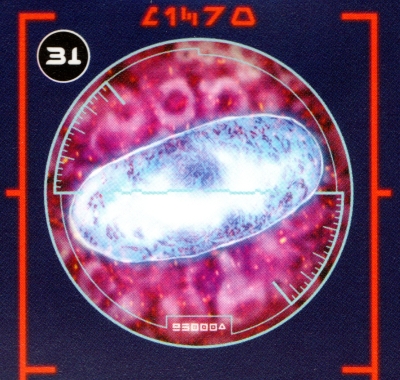
7. Get rid of Midichlorians
After the success of the original trilogy there were a sub-set of fans that began actively worshiping the Force and the invention of Midichlorians as a concrete, substantial indicator of the Force may have been an attempt to curtail a similar upswing after the new trilogy. But what it really curtailed was the opportunities to show the power of the Force as an energy field in all living beings in the new movies.
There are so many opportunities to add the power of the Force in Episode I.
- First, when approaching Mos Eisley, Obi-Wan can remark offhandedly that this planet has a powerful sense of evil. Qui-Gonn might reply that this makes it an excellent place to hide, setting up Obi-Wan's future exile there.
- In Watto's shop, Anakin could be using the Force to absentmindedly float tools around. Perhaps he shows off to Padme, "Hey want to see something cool?" Qui-Gonn turns around to see the shocked look on her face - their eyes meet, they both know this boy is special and strong with the Force.
- Conversing with Shmi about her son, Qui-Gonn learns about Anakin's immaculate conception. The EU explanation would have been appropriate to include here as it references Palpatine's growing power. Qui-Gonn postulates "Only the birth of great evil could have created something like him." This supports the idea that Anakin is fulfilling prophecy.
Midichlorians become irrelevant after the first movie, so there is no need to keep them.
8. Both of the above points help Anakin in the pod race
Why would a wise Jedi let an 8 year old boy risk his life and the only chance at escape to participate in a lawless, dangerous, desert race? Qui-Gonn had confidence Anakin would win but Anakin doesn't have control of the Force yet in the original.
It's much easier to trust a risk-taking teenager who has already begun to experiment with the Force to win this race. After all, Luke Skywalker is barely trained in the Force and it helped him destroy the Death Star in A New Hope. The Force is a powerful ally, as Yoda says. Using the force actively as an older child to defeat impossible odds sets up a nice parallel between father and son in the two movies - not to mention it's a lot more believable. The demonstration of his connection to the Force also makes it a lot more obvious why Qui-Gonn wants to take him with them, and to train him against the will of the Jedi Council. He's already demonstrated his power - not just what some blood test says.
In Conclusion
Most of these suggestions affect Episode I because this movie set up the other two. Much of Episodes II and III are action-based, which the films do very well. Episode I is the most narrative-driven of the three movies. There are certainly gaffes in the other movies - "You're breaking my heart Ani!" and "She's died of a broken heart" are two of the worst things said in all the movies. What do you think could have been changed to make the prequel trilogy better?
